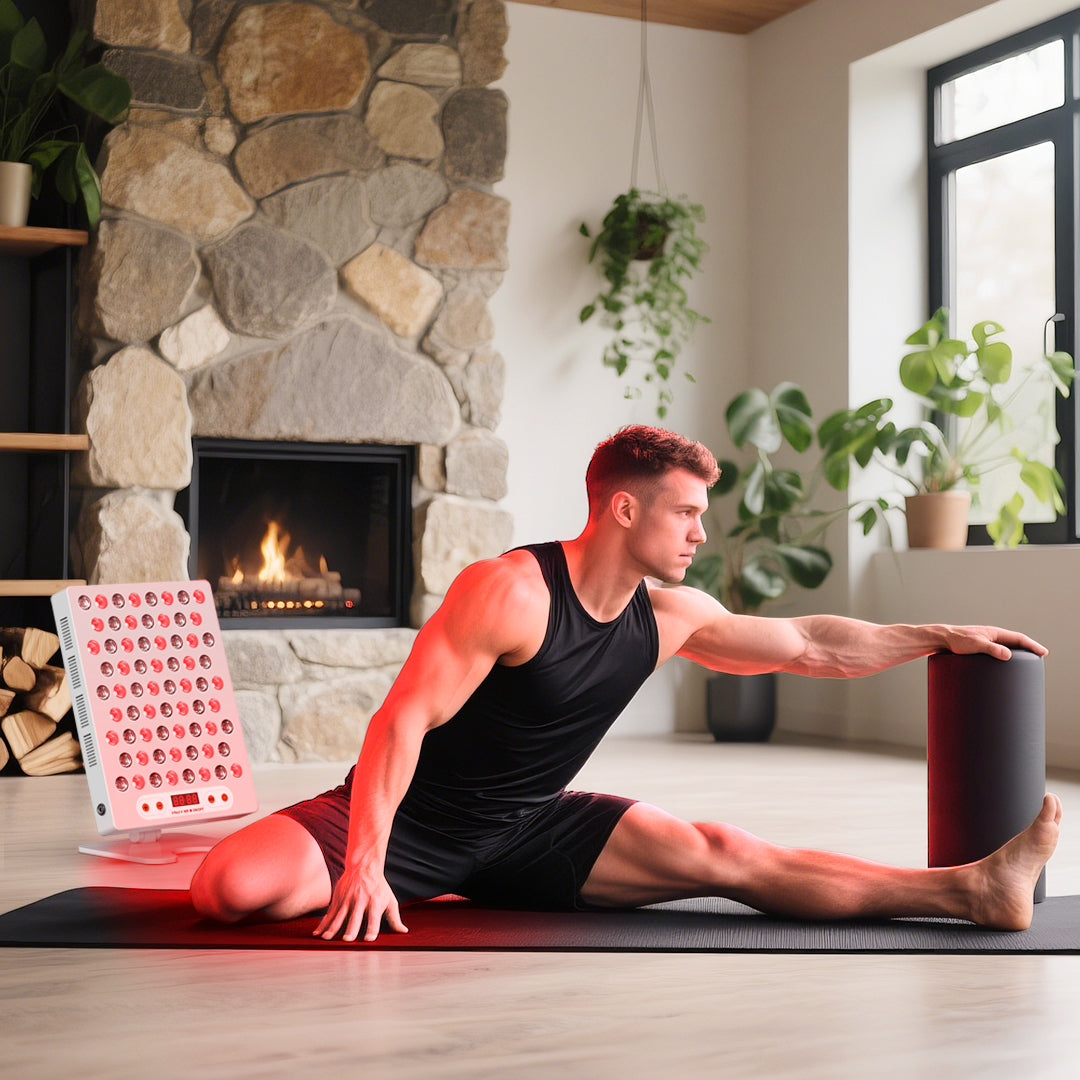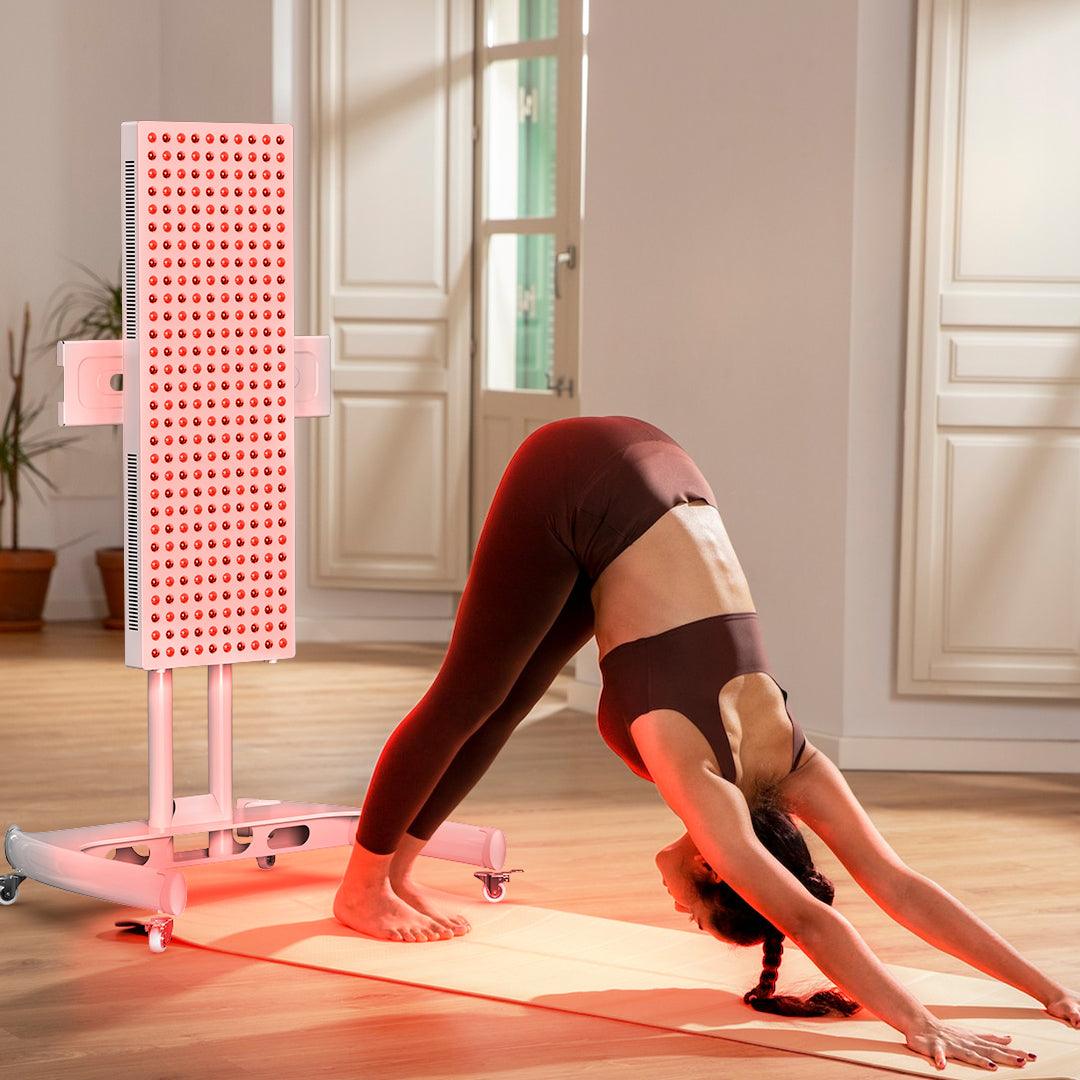Infrared vs. Near-Infrared Light: Benefits and Usage Guidelines
Light therapy has gained popularity for its potential health benefits, particularly using infrared (IR) and near-infrared (NIR) light. While both are part of the invisible light spectrum, they have different properties and benefits. Let’s explore their differences, advantages, and recommended daily exposure times.
Key Differences Between Infrared and Near-Infrared Light
| Feature | Infrared (IR) Light | Near-Infrared (NIR) Light |
|---|---|---|
| Wavelength | 700 nm – 1,000+ nm | 700 nm – 1,400 nm |
| Penetration Depth | Warms surface tissues (skin, muscles) | Penetrates deeper (cells, bones, brain) |
| Sensation | Produces noticeable heat | Little to no heat felt |
| Primary Uses | Pain relief, muscle recovery, relaxation | Cellular repair, brain health, wound healing |
Benefits of Infrared Light
-
Pain Relief & Muscle Recovery – Deep heat helps relax muscles and reduce joint stiffness.
-
Improved Circulation – Promotes blood flow, aiding in detoxification.
-
Skin Health – May help with collagen production and reduce wrinkles.
-
Relaxation & Stress Reduction – The warmth can induce calmness and better sleep.
Benefits of Near-Infrared Light
-
Cellular Repair & Energy (ATP Boost) – Enhances mitochondrial function for faster healing.
-
Brain Health – May support cognitive function and reduce neurodegeneration risks.
-
Wound Healing & Anti-Inflammation – Speeds up tissue repair and reduces swelling.
-
Hair Growth – Stimulates follicles for thicker, healthier hair.
Recommended Daily Exposure Time
-
Infrared (IR): 10–30 minutes per session (e.g., saunas, heating pads).
-
Near-Infrared (NIR): 5–20 minutes per area (e.g., LED panels, targeted therapy).
Safety Tips:
-
Avoid overexposure (start with shorter sessions).
-
Stay hydrated, especially with IR saunas.
-
Protect eyes with goggles if using strong NIR/IR devices.
Both types of light therapy offer unique advantages. IR is great for relaxation and muscle relief, while NIR excels in deep healing and cellular benefits. Incorporating both can maximize health benefits—just follow safe exposure guidelines!
Have you tried infrared or near-infrared therapy? Share your experiences below!




Leave a comment
This site is protected by hCaptcha and the hCaptcha Privacy Policy and Terms of Service apply.